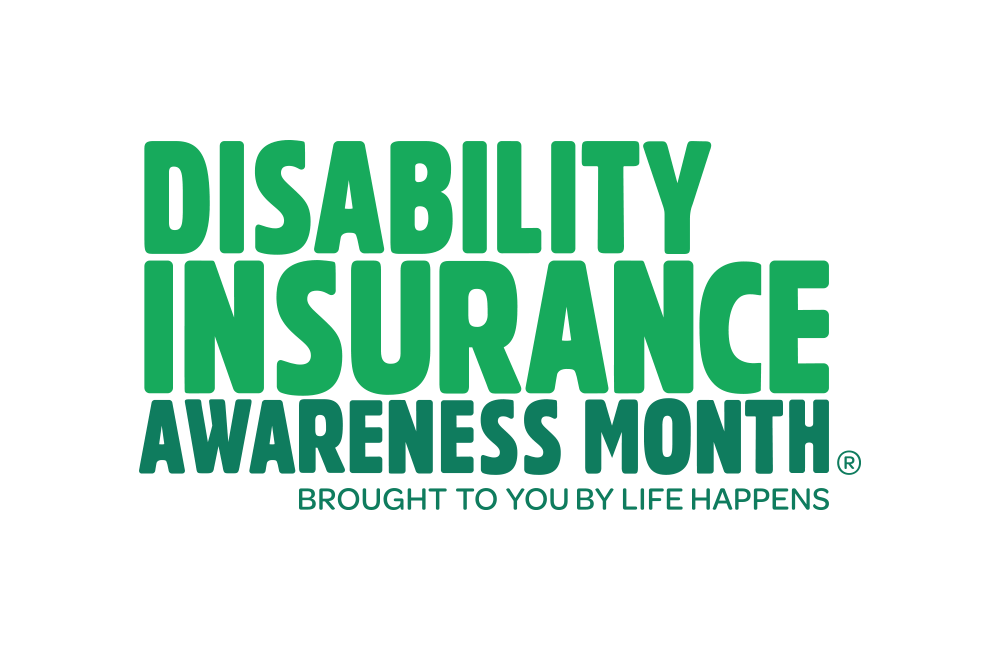Many young professionals are in need of individual disability income (DI) insurance, but they may not know it. In an article in the 2019 March/April issue of Advisor Today, Chris Coy, regional director with The Standard, shares three important points you can use to start the conversation about Individual disability income insurance with your clients.
Young professionals have made substantial investments in their careers. Professionals beginning their careers in fields that require extensive schooling and advanced degrees, or who have a high potential for above-average earnings over their lifetime, have already made a significant investment in their future by the time they reach their mid to late 20s. Many are likely carrying large student loan debts and don’t have much savings. For these individuals, protecting future income is important to ensure they can maintain their lifestyles and pay off loans in the event of a disability that leaves them unable to work for a period of time.Disability can happen to anyone at any time, and it can financially devastate individuals and families if they are unable to work. It’s important to remind clients that no one plans to become disabled, but an individual entering the workforce today has a 25% chance of becoming disabled before retirement. A wide range of causes can lead to disability, including injury and illness.
1. Many individuals may receive group long-term disability insurance (LTD) through their employers.
It’s true that group LTD offers a solid income protection foundation. However, it often doesn’t provide the kind of coverage that high-earning young professionals require. Workers’ compensation and Social Security can’t be relied upon to cover most disabilities. Workers’ compensation only covers time away from work if the disabling illness or injury was directly work-related, and Social Security doesn’t cover enough pre-disability income to maintain a high earner’s current lifestyle.
2. Younger applicants are more likely to qualify for simplified underwriting rules.
This will remove steps in the process, such as lab test requirements and income documentation, and help you facilitate the sale with interested clients by streamlining the application process.
Most carriers require nothing from you or your client to initiate simplified underwriting if the applicant meets the criteria. Consider this a valuable selling point for young professionals who value a streamlined approach to the underwriting and purchase of IDI.
3. IDI can provide young professionals with unique benefits.
Young professionals and those who are early in their careers should look for policy features and benefits that meet their needs today and can grow with them. The following are strong policy benefits that young professionals might look for in an income protection policy.
- Opportunities to increase coverage. Riders that increase monthly benefits to keep pace with salary increases are a must for professionals early in their careers. Some increase riders provide annual benefit increases of a set percent a year for a set period of years. Others may allow the policy owner to increase coverage significantly to keep up with promotions or large increases in income.
- Strong definition of disability. Some professionals will want a definition of disability that provides specialty language. Or they may wish to continue to work if they become disabled in their current occupation. Own occupation riders can provide coverage for professionals who can no longer perform the substantial and material duties of their occupations due to illness or injury — but wish to work in another capacity.
Remind younger clients that career trajectories are long, and investing in a preemptive policy with an own occupation rider is a sound financial decision that accounts for the unexpected. - Student loan riders. While the path to becoming a high-earning individual is rewarding, it requires a significant amount of upfront investment. Student loan costs for some professionals can range in the hundreds of thousands.
Becoming disabled can prevent potential high-earners from paying off student loans. Fortunately, should a client experience total disability, a student loan rider will cover some or all student loan payments, up to a maximum period. This policy feature is especially pertinent for young clients who have not built up the financial cushion needed to absorb student loan costs should disability occur. - Provides time to care for loved ones. An IDI policy that covers disabilities to both the insured individual and other family members can be important. Look for a policy feature that provides a benefit if the policy owner must take time from work, and reduced pay, to care for a spouse, parent, or child with a serious health condition.
As a financial advisor, Coy writes, you have a unique opportunity to help your younger clients safeguard their income with IDI. Remind clients about the numerous investments they have already made in themselves: a good education, a sound career, and smart financial decisions. They have already laid the groundwork for a prosperous and successful future—now, they must protect it.
Learn more about selling IDI to younger professionals by reading the rest of Chris Coy’s article here.








.png?width=300&height=300&name=CC%202025%20Ad%20(300%20x%20300%20px).png)
.png?width=300&height=600&name=Tax%20Talk%20Graphic%20-%20email%20tower%20(300%20x%20600%20px).png)



.png?width=300&name=NAIFA-FSP-LH%20with%20tagline%20-%20AT%20blog%20email%20ad%20(300%20x%20250%20px).png)
.png?width=728&height=89&name=2024%20Congressional%20Conference%20(728%20x%2089%20px).png)
